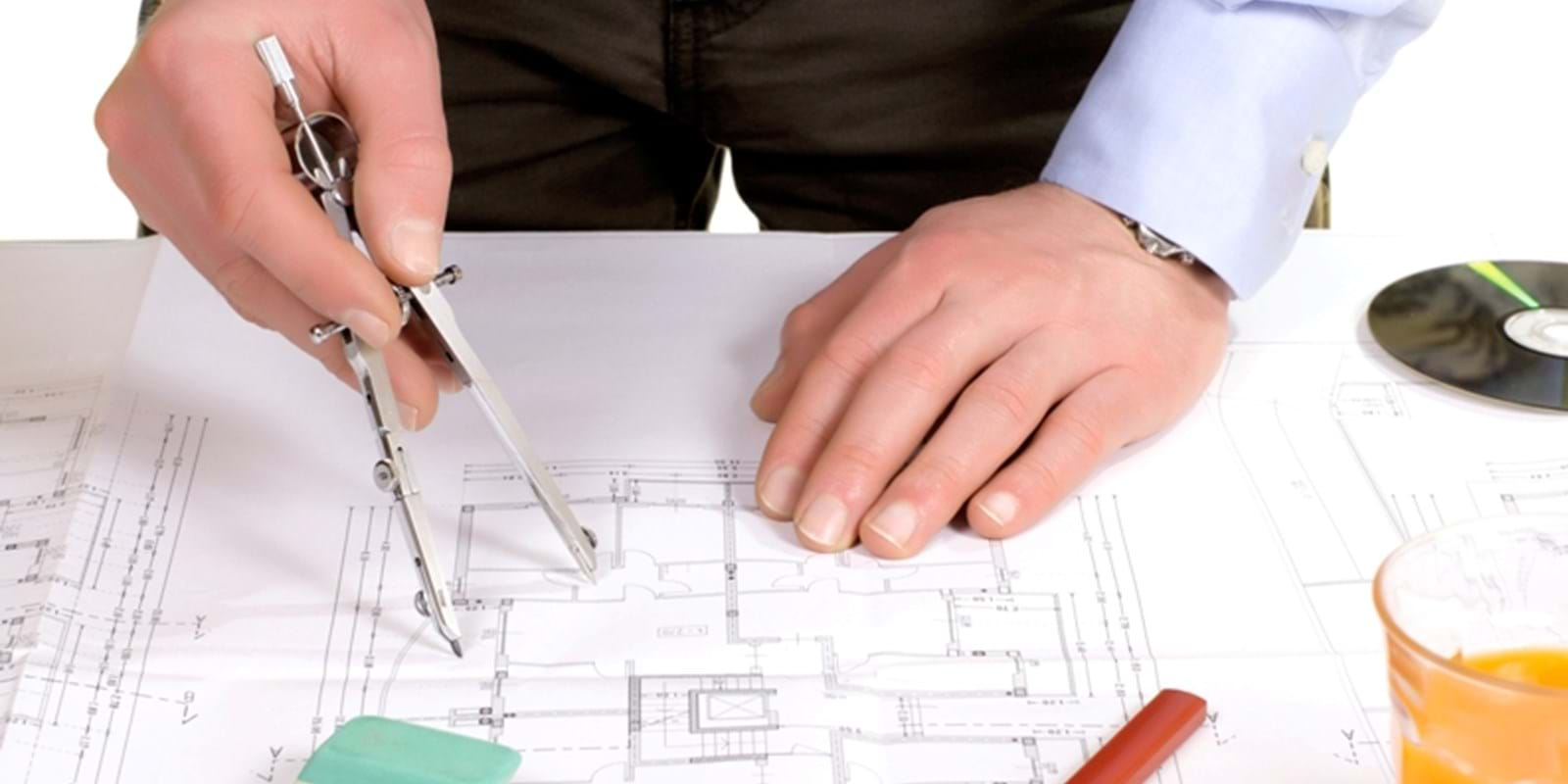Before doing work in the basement you must take into account certain structural components of your house.
The state of the foundations and the French drain
The basement being built directly in the ground, i.e. in a cold and wet medium, it should be made sure, first of all, that the foundations are in perfect state and that there is no water infiltration. The experts recommend to carry out a rigorous inspection after having dismantled all the walls and exposed the concrete flagstone. You will thus be able to detect the cracks, the pockets of formwork, the efflorescence and the other problems likely to affect the concrete foundations, then to regulate them.
At this stage, it is also recommended to carry out an inspection of the French drain, that pipe at the base of the foundations which is used to collect subsoil waters, especially if your residence is more than 25 years old. This inspection is carried out by a specialist, by means of a camera. It makes it possible to know the state of the drain and to replace it if it were damaged by roots of trees or if it is blocked by sediments, for example.
To level the windows
In houses of a certain age, the windows of the basement are very small. However, when one wants to arrange rooms there, one must conform to requirements in the field of fire protection of your city. Contact the town-planning service in order to know the required dimensions in order to make the necessary corrections.
Insulation and acoustic performance
The restoration of the basement is also the ideal occasion to insulate the walls adequately. According to the experts, it is necessary to avoid as much as possible using a glass-fibre or rock-fibre insulator on the foundation walls. One rather uses plastic foams, like extruded polystyrene panels or squirted polyurethane foam. These products make it possible to work uninterrupted, i.e. without having joints at each amount of wood, and they do not give in to the moulds.
The acoustic shutter of the basement is often neglected. However, this aspect has a determining impact on the quality of life, particularly when one arranges the room of a teenager in the basement, under the principal room. Besides, one recommends to isolate the ceiling and the walls by means of an insulator in cloth, or glass-fibre or rock-fibre, and to use a resilient bar which will absorb the sounds rather than transmit them. Moreover, one recommends the use of a fire-resistant gypsum panel, denser than an ordinary gypsum panel, to obtain a better performance in the field of sound-proofing.
Floor covering and moisture
Before choosing the floor covering, one will have to check if there is migration of moisture through the concrete flagstone. To do this, one will put a polyethylene square of 24 inches x 24 inches on the concrete flagstone, and one will fix it with ribbon. After a delay of 24 to 36 hours, if there is condensation on the surface of polyethylene, it means that there is migration of moisture. You can thus not use a floor covering like a floating floor, which contains wood fibre, because it will leave free way to the moulds. In this case it is necessary to choose materials which are not affected by moisture, like ceramics, but which have the disadvantage of being cold. Or you can put a vapour barrier on the concrete flagstone, and then build a crossed fake-floor, by leaving ventilation rosters at the ends of the perimeter. That will allow air-circulation between the room and the structure of the floor.
Heating all year long
Heating is essential in a basement, and this, twelve months per year. Indeed, the base of the foundations is five feet deep into the ground, where the temperature in summer is approximately 12°C. As concrete is a conducting material, the base of the walls is always cooler. By heating all year long at 21°C, one makes sure that the base of the walls remains sufficiently warm to thwart the rise of humidity and, consequently, to prevent the appearance of moulds. One also recommends to avoid installing wall cupboards or beds along the walls of a basement, question of ensuring a good air-circulation.
Owners of old houses
You are likely to discover remains of the past by examining electric wiring and the plumbing of the basement of your residence. Consequently, it is necessary to envisage a budget to redo the electricity and to update plumbing, in particular by replacing the old pipes and by installing non-return valves.
Successful renovations!
Source: APCHQ, Banner Réno-Master

